Facebook Ads, Attitudes, and Adjustment: Your Strategy Alphabet
Facebook Ads remain one of the most powerful digital marketing tools available today, but they’re also one of the most misunderstood. Businesses often think success comes from simply boosting a post or throwing money at the platform, but in reality, long term ROI and strong ROAS (Return on Ad Spend) come from careful planning, constant monitoring, and strategic adjustment.
To make this more actionable,
Infoserve has broken down Facebook Ad strategy into an alphabet of essentials.
A & B: A/B testing
Split testing means running two (or more) versions of an ad with only one variable changed. Why only one? Because otherwise you won’t know what caused the difference.
Think of A/B testing as your scientific method for Facebook Ads. Without it, you’re flying blind; approaching a paid service with the sort of maverick mindset that equates to throwing wet spaghetti at a wall and hoping it sticks.
You can have all the experience in the world, but without comparable results, you have no idea whether you’re running the most effective ad campaign available.
With A/B testing, you can identify which headlines, images, and CTAs are most receptive with your audience.
For example:
Imagine you were a fashion retailer launching your new summer edit. You come up with two headlines:
- Version A: ‘Shop the Collection Today’.
- Version B: ‘Upgrade Your Wardrobe in Minutes’.
After a week, you find Version B delivers a 25% higher CTR (click through rate). That insight doesn’t just improve one ad; it informs future campaigns, landing page copy, even email subject lines.
C: Content
Content is arguably one of the toughest elements to nail when creating Facebook ads. Those hooks that look simple have often been whittled down over days. And the reason they’re so short and snappy? Statistically, you have a matter of seconds to make an impression.
Standing out doesn’t mean being louder or more salesy. It means being distinctively you. Ads should reflect your brand’s voice and values while also being tailored to the specific needs and desires of your target audience.
The danger is blending in. If your ad reads like everyone else’s, users scroll right past it.
Practical adjustments include:
- Refreshing creative elements every 4-6 weeks to avoid fatigue.
- Balancing promotional ads with storytelling, education, or entertainment.
- Maintaining visual consistency (colours, fonts, style) to build brand recognition.
D: Duration and budget
Budgeting is where many businesses lose money. Spend too aggressively, and you reset Facebook’s learning phase. Spend too conservatively, and your ads never reach statistical significance.
Scale budgets gradually. Think of scaling ads like fuelling a fire. Too much kindling can smother your efforts and you’ll have to start again. But slowly stacking firewood and coal at the right time will build a stable, lasting flame.
Duration matters too. Ads need time to gather data, but leave them running indefinitely and performance decays. As a rule of thumb, let ads run for a minimum of 7 days before gathering data, but 2-3 weeks is ideal. As soon as you notice engagement beginning to drop, conduct an investigation and figure out whether you need to refresh or start a new campaign.
E: Engagement
Engagement might seem like the end goal, but this is not the case. Engagement is simply a measurement of resonance, not of success. The goal of Facebook ads is almost always conversion.
However, Facebook registers engagement as a relevance signal. The more engagement your ads get, the more people it will be shown to as a result. But, not all engagement is equal. Shares and positive comments carry more weight than a simple
like. On the other hand, hidden posts or negative reactions can drive costs up.
Practical adjustments include:
- Crafting ads that invite conversation, not just clicks.
- Highlighting testimonials to spark trust based interaction.
- Monitoring sentiment and responding quickly to maintain brand reputation.
F: Frequency
On average, a customer needs to have 7 points of contact with a company before they convert.
Facebook users need to see your ad frequently. This is why it’s important that anyone who engages with your ad is retargeted or shown the ad multiple times. The latter is taken care of by Facebook, but your ad spend will determine the reach you have. The former will be tackled in more detail later in this blog.
G: Goal Setting
Never launch an ad without a goal. Are you building awareness, generating leads, or driving sales? Each requires different KPIs, creative, and budget expectations.
But goals alone aren’t enough. Granularity is where expertise shows. Break your audiences down into segments:
- Cold audiences (lookalikes, interests).
- Warm audiences (website visitors, video viewers).
- Hot audiences (cart abandoners, past buyers).
Tailor creative for each stage. A broad awareness ad shouldn’t ask for an immediate purchase. A retargeting ad shouldn’t waste time on brand introductions. Granularity makes ads feel personalised, not generic.
H: Hashtags
On Facebook, hashtags aren’t critical, but social signals are. The algorithm rewards ads that spark conversations, reactions, and shares.
Monitor sentiment closely. Positive comments boost reach; negative comments erode trust and inflate costs. Sometimes, the attitude around your ad matters as much as the creative itself.
I: Insights
Running Facebook Ads gives you access to more data than most platforms: impressions, clicks, conversions, demographics, placements, and even breakdowns by device or time of day. But data is just noise if it isn’t interpreted properly.
It can be easy to get excited by surface level KPIs like CTR or CPC. These matter, but they don’t tell the whole story. For example:
- A high CTR (click through rate) might look great, but if conversions are low, it could mean your ad is misleading or your landing page is underperforming.
- A low CPC (cost per click) could be exciting, but if the traffic doesn’t buy, your ROI still suffers.
Insights are only meaningful in context. Look at the entire funnel: from impression to click to ‘add to cart’ to purchase. A weak point in the chain shows you exactly where to adjust. Sometimes the ad is perfect, but the checkout process is clunky. Other times, the audience is right, but the creative doesn’t match their intent.
The worst mistake is collecting data but never acting on it. The best marketers set aside time to interpret insights, document findings, and apply them to the next round of campaigns.
J: Journey Mapping
Most customers move through a journey, from awareness to consideration to conversion, before they’re ready to buy. Your ads should guide them along this path, not rush them through it.
Map your customer journey:
- Awareness stage: Tell stories, highlight problems, spark curiosity.
- Consideration stage: Show solutions, use testimonials, provide value.
- Conversion stage: Deliver strong incentives to invest in your product/service.
K: Key Visuals
Creative drives 70-80% of Facebook Ad performance.
Invest in a diverse creative library: static images, videos, carousels, GIFs and rotate formats to keep things fresh. Test emotional hooks like joy, curiosity, even fear of missing out. And always, always brand your creative so it builds recognition, not just clicks.
Adjustment here is ongoing. Review metrics weekly. If CTR drops or frequency rises, swap in new visuals.
L: Landing Pages
An ad is only half the journey. If your landing page is slow, confusing, or inconsistent with your ad’s promise, conversions collapse.
To maximise ROI:
- Ensure page design matches ad creative (continuity builds trust).
- A/B test CTAs.
- Simplify forms; fewer fields mean higher completion rates.
- Add trust signals (reviews, security badges, guarantees).
- Keep messaging consistent across ad and landing page copy.
M: Messaging
The way you frame your product or service directly influences how people respond, whether they scroll past or stop to engage.
Clear, benefit driven messaging helps your ads connect quickly. Instead of listing features, focus on the value those features create for your audience. For example, a message about ‘saving three hours a week’ will resonate more strongly than one about automation tools.
Adjustment tip: Review your campaigns to see which phrases, tones, or offers consistently generate higher engagement rates. Use these findings to refine your messaging and keep future ads aligned with what truly connects.
N: Networking
Collaboration multiplies reach. Influencers, brand partnerships, and user generated content extend your voice beyond paid ads. Customers trust other customers more than polished ads. Showcase reviews, testimonials, or customer photos in your campaigns. Often, these outperform branded creatives.
O: Optimisation
Optimisation is the process of making continual, data driven improvements to your Facebook Ads. It’s not a one time task and makes the difference between campaigns that plateau and campaigns that scale profitably.
Even small optimisations compound over time. A 10% improvement in CTR, combined with a 15% drop in CPC and a better conversion rate, can double ROAS without increasing spend. This is where the real gains in ROI are made, not through massive overhauls, but through smart, incremental adjustments.
What to optimise:
- Creative: Refresh images, videos, and copy to combat ad fatigue.
- Audiences: Refine targeting and exclude irrelevant segments.
- Placements: Compare performance across feed, stories, reels, and audience network.
- Bidding: Adjust manual vs. automatic bidding to control cost efficiency.
- Landing pages: Ensure the post click experience matches ad intent.
P: Pixel
Meta Pixel ‘is a snippet of JavaScript code that allows you to track visitor activity on your website’. Without it, you’re running ads in the dark. Installed correctly, it tracks events like purchases, leads, or cart activity. It powers retargeting, builds lookalike audiences, and provides attribution for ROI analysis.
Adjustments involve:
- Auditing setup (is it tracking the right events?).
- Using custom conversions for business specific goals.
- Checking attribution windows to ensure accurate ROAS reporting.
Q: Quality Score
Facebook rewards relevance. Ads with high quality scores are delivered more widely and at lower cost whilst poor quality means higher CPMs and weaker ROI. It seems so simple, but it’s still vital.
Quality ranking explains how your ad’s perceived quality compares to other ads who are targeting the same audience. It gives you the data you need to identify underperforming ads and take action.
Possible values for quality ranking are (where average represents the 35th to 55th percentile):
- Above average
- Average
- Below average (bottom 35% of ads)
- Below average (bottom 20% of ads)
- Below average (bottom 10% of ads)
R: Retargeting
Retargeting is where ROI is often won. People rarely buy on the first touch, but retargeting keeps your brand front of mind.
As we discussed earlier, most customers don’t convert on the first touchpoint. Research suggests it can take 7 interactions before someone feels ready to buy. Retargeting ensures your brand stays present throughout that decision making process.
Types of retargeting
Retargeting strategies change depending on the conversion stage the customer reaches:
- Website visitors: Target users who viewed key pages but didn’t convert. A simple reminder ad can nudge them back.
- Cart abandoners: Some of the best leads you’ll ever get. Incentives like free shipping or a time limited discount often tip the scale.
- Engaged users: People who watched your videos, clicked your ads, or engaged with posts but haven’t purchased yet. They’ve shown intent, now it’s time to build trust.
- Past customers: Retargeting doesn’t stop at the first sale. Use it for upsells, cross sells, or customer loyalty campaigns.
Why retargeting works
These audiences already know your brand. Retargeting ads don’t need to introduce who you are, they need to resolve doubts, build trust, address objections, or provide the final push to act. This makes them significantly cheaper and more efficient than cold calling campaigns.
S: Strategy
Doing your research and accessing this content shows that you’re already engaged with strategy building.
A sound strategy puts you ahead of your competitors and gives you the tools you need to scale your business and maximise your ROI.
T & U: Testing & Understanding Metrics
Testing alone isn’t enough, you also need to understand what the results are telling you.
What to test:
Facebook allows experimentation across almost every element of a campaign. The key is to prioritise tests that will yield the most impactful insights.
- Creative: Test headlines, visuals, formats (video vs. static), and calls to action.
- Audiences: Compare interest groups, lookalike audiences, and broad targeting.
- Placements: Measure performance in feed, stories, reels, messenger, or audience network.
- Bidding strategies: Test automatic vs. manual bidding, cost caps, or value optimisation.
- Offers and messaging: Run variants of your key messages to see which drives the strongest conversion response.
Understanding the results:
- If a benefit focused headline beats a feature focused one, your audience values outcomes more than specifications.
- If video outperforms static images, it suggests they prefer storytelling over snapshots.
- If broad targeting wins over interest based targeting, your product may appeal to a wider demographic than you thought.
V: Value Proposition
Video isn’t just another format on Facebook, it’s the format the platform prioritises. From Reels to Stories to in feed video ads, the algorithm consistently rewards video with greater visibility and lower costs per impression.
Why?
Video allows you to do what static images can’t: tell a story, demonstrate value, and build emotional connection in seconds. Audiences retain 95% of a message when it’s delivered in video compared to just 10% when read in text. On a platform where attention spans are short, video captures interest and keeps it.
To make video-first work, refine constantly:
- Test hooks: The first 3 seconds decide whether viewers keep watching.
- Use captions: 85% of Facebook videos are watched without sound.
- Aspect ratios: Square (1:1) and vertical (9:16) formats perform better on mobile.
- Split lengths: Test short (under 15s) vs. longer storytelling (up to 60s)
W: Word of Mouth
Word of mouth remains one of the most powerful drivers of Facebook Ad success, even in a paid landscape. Recommendations, reviews, and shares carry far more credibility than any branded message. When people see peers engaging with your brand, they’re more likely to trust, click, and convert.
Facebook’s algorithm rewards content that generates authentic engagement. Ads that are shared, commented on positively, or recommended by friends not only increase reach organically but also lower CPC and CPM.
So, design content that’s relatable, entertaining, or valuable enough that users naturally want to share it.
X: X Factors
The biggest wins often come from the unexpected. Maybe it’s a bold creative, a surprising offer, or a new format like reels. Don’t shy away from experiments. Dedicate some of your budget to testing outside the box ideas.
Just remember that if these aren’t working, it’s okay to go back to the drawing board and find something less out there but just as creative. You only want to invest your budget into ads that give you sustainable ROI.
Y: Your Audience
Even the best creative, offers, or targeting strategies fail if you’re speaking to the wrong people. Your audience determines engagement, click through rates, conversions, and ultimately ROAS.
Segment audiences by behaviour, intent, and engagement level:
- Cold: People unfamiliar with your brand, focus on awareness and curiosity.
- Warm: Engaged users, build trust and demonstrate value.
- Hot: Ready to convert prospects, use urgency, social proof, and offers to close the sale.
Refine targeting using Facebook’s
Custom Audiences and
Lookalike Audiences. Monitor performance and iteratively adjust based on engagement, CTR, and conversion data. The more precise your audience insights, the more effective every ad becomes.
Z: Zealous Optimisation
Zealous optimisation is the relentless pursuit of improvement across all aspects of your campaigns.
Optimisation is both systematic and ongoing. Regular review cycles, coupled with decisive adjustments, turn small improvements into a substantial uptick in ROI.
Focus on high impact areas:
- Refresh underperforming visuals and copy
- Adjust audience targeting based on engagement and conversion data
- Scale top performing campaigns gradually while pausing low performers
- Optimise placements and ad formats according to what delivers results
- Refine landing pages to improve post click conversions
Not sure where to start?
Here at Infoserve, our PPC experts handle your ad campaigns from start to finish. We have access to decades of insights and tracking information to deliver the best possible outcome for your business.
For an in depth guide into the basics of PPC, download our FREE
PPC White Paper where we cover everything you need to know when setting up your ad campaigns.













